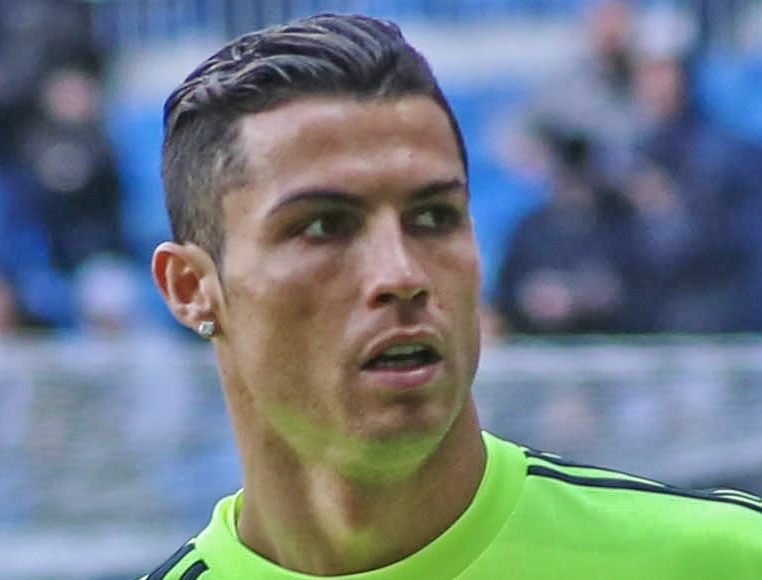
Sports and digital media have become an omnipresent feature of one another in the modern age, where the everyday man can interact with their favourite athletes and sports teams in the palm of their hands.
It’s no secret that sports organisations at the top level have seen the advantages of free digital platforms as a way of connecting with the fans and boosting interest in the their respective sports.
Studies by Umbel suggest that a huge 87% of 13-24 year-old sports fans use social media platforms for their sport fix, whereas only half the amount used mainstream sporting outlets.
The same article mentions that over 175m fans engaged with posts on social media sites for the Super Bowl in 2016.
With the global scope that platforms such as Facebook, Instagram and Twitter hold, it is an efficient way to utilise online spaces for their own agendas.
According to Sprout Social, in a 2016 study, 34.5% of people’s first choice was to use social media rather than website, email, phone number or in person, as a point of call to interact with customer care which shows the exposure using these platforms can provide.
In terms of sports teams, there are various different ways in which they are able to disseminate information and market their brand using digital platforms.
Many of the elite professional clubs such as Manchester United, Chelsea, Liverpool, New York Red Bulls along with sporting organisations such as the NBA, NFL and The FA amongst others, provide their followers with content such as video and imagery to connect with the fans.
Particularly since the Web 2.0 era began, clubs have used the internet to form their online headquarters through their official websites, but as technology has moved forward, the affordances of online spaces has allowed for more creativity.
The introduction of video, image and animation to online spaces made it more aesthetically pleasing to the audience and introduced different ways to display content on the internet.
Based in the US, ESPN Sportzone were the first to broadcast a livestream of a professional sporting event when the Seattle Mariners took on the New York Yankees on 5 September 1995 through an audio broadcast.
As advances in internet connections developed with great speeds, video streaming increased and organisations such as BBC, ESPN, Sky and Fox amongst others provide live streaming services to broadcast sporting events.
But how about the experience of the fans through social media?
According to a study by Neuro-Insight, Twitter has the capability to inhibit a more immersive experience of sport alone than the television. Through interacting with other users, journalists, sports people and following live updates through the platform instantaneously.
This engagement with social media whilst watch sport on television reaps its rewards for television broadcast companies through advertisements.
The same study suggests that TV commercials are more effective with the inclusion of Twitter as the audience increases with engagement with the ads as well as the sporting event, for effectively free.
As part of the service, many sporting organisations use platforms such as Twitter and Facebook to update and inform to as many people as possible.
The two-way communication that digital media affords, adds a little more transparency for the audience as there isn’t the middle man in traditional media to construe information.
The need for behind-the-scenes action, it is facilitated by digital media in the new age with documentary style recording and interviews through the organisation’s television stations.
In addition, athletes have license to control their image and the way they engage with the fans through their social media platforms, allowing fans to consume more intimate content and feel closer to the action.
With the following some professional athletes such as Cristiano Ronaldo, Lebron James and Lionel Messi have with Instagram followers of up to 220 million, there is also economic value in engaging with supporters.
In the case of Cristiano Ronaldo, the Portuguese forward and footballer by trade, earns $34 million a year playing in Turin for Italian side, Juventus.
Cristiano Ronaldo pockets approximately $48 million a year through his Instagram alone as companies are willing to pay up an average of $975,000 for a paid post, suggesting that the reach he has through his social media is incredibly vast.

Although there may be more connectivity with the fans through socials, there are some that believe that the money in modern sport has become too much thanks to globalisation in the digital age, and in fact, the gap between the professional athlete and the every day sports fan has widened.
FC United of Manchester are a fan-owned community club built off the back of the Glazer takeover of Manchester United in 2005, against the wave of modern football.
Some argue that modern sport at a professional level has lost its sense of community and belonging as the global reach of sports such as football have become profitable commercial assets for businessmen and women as a result of digital media.